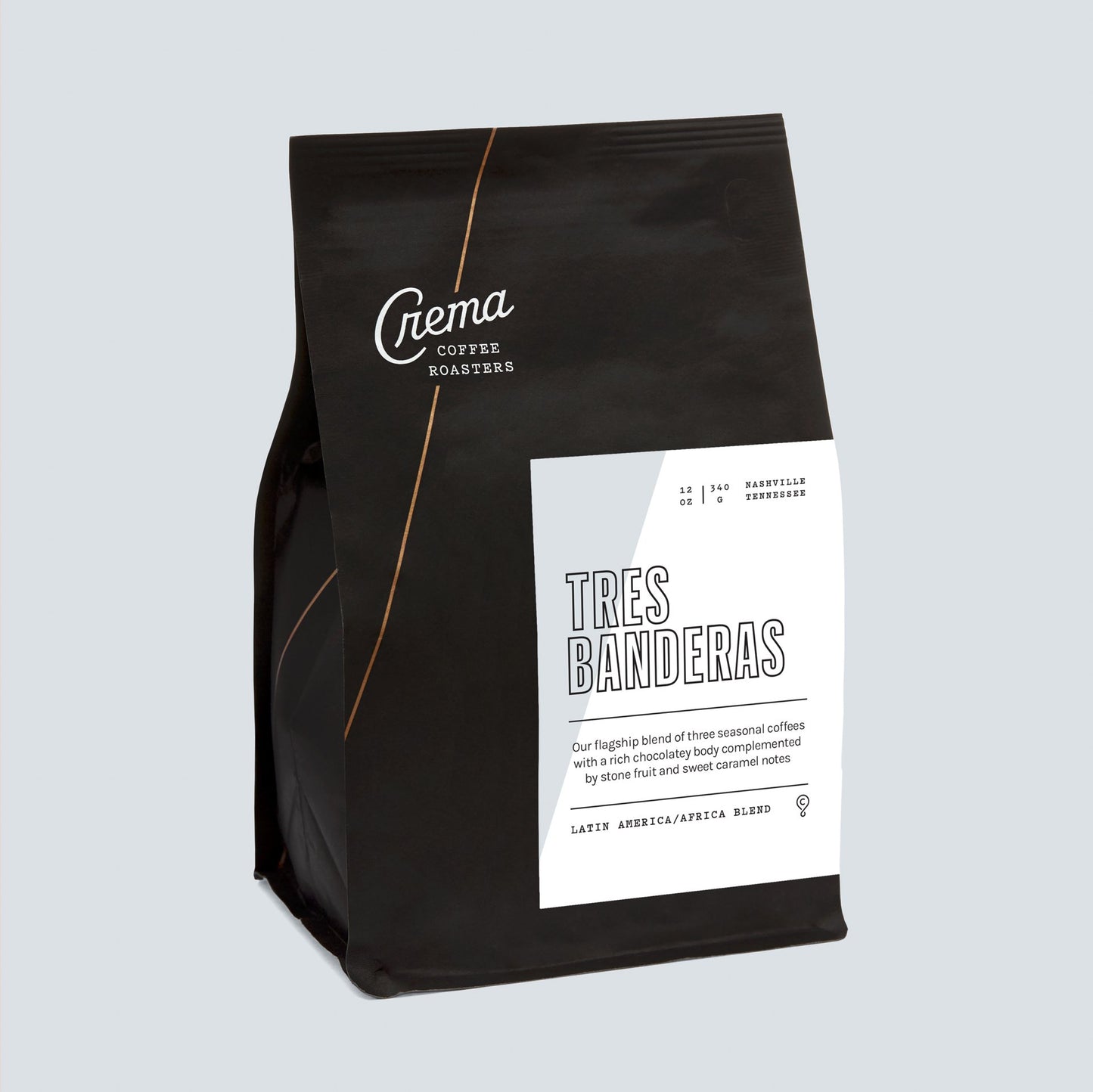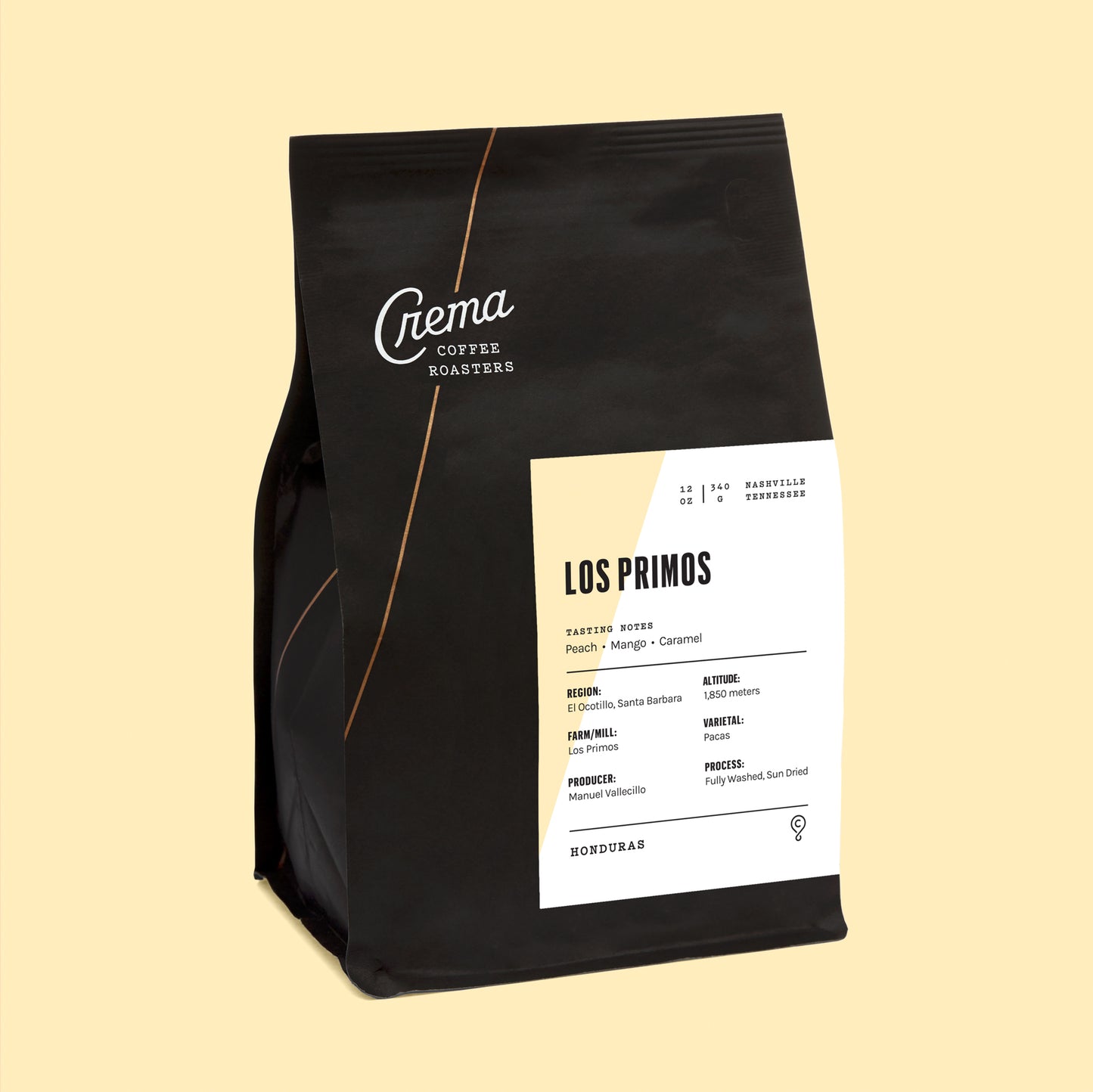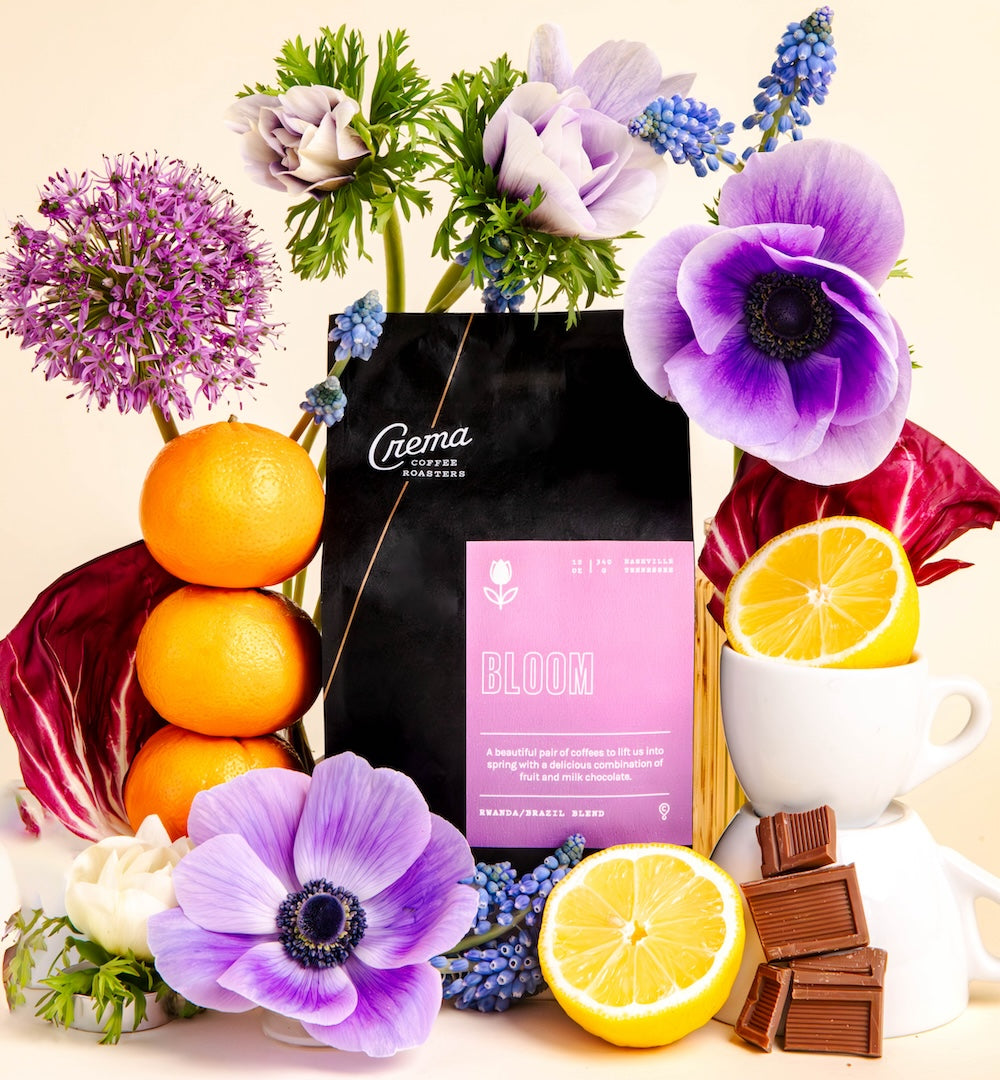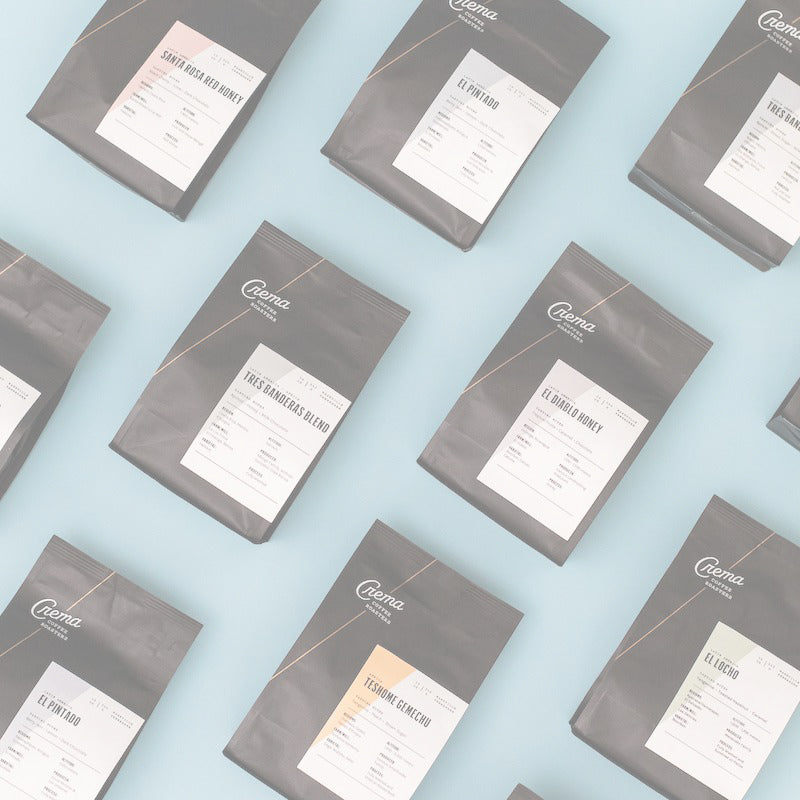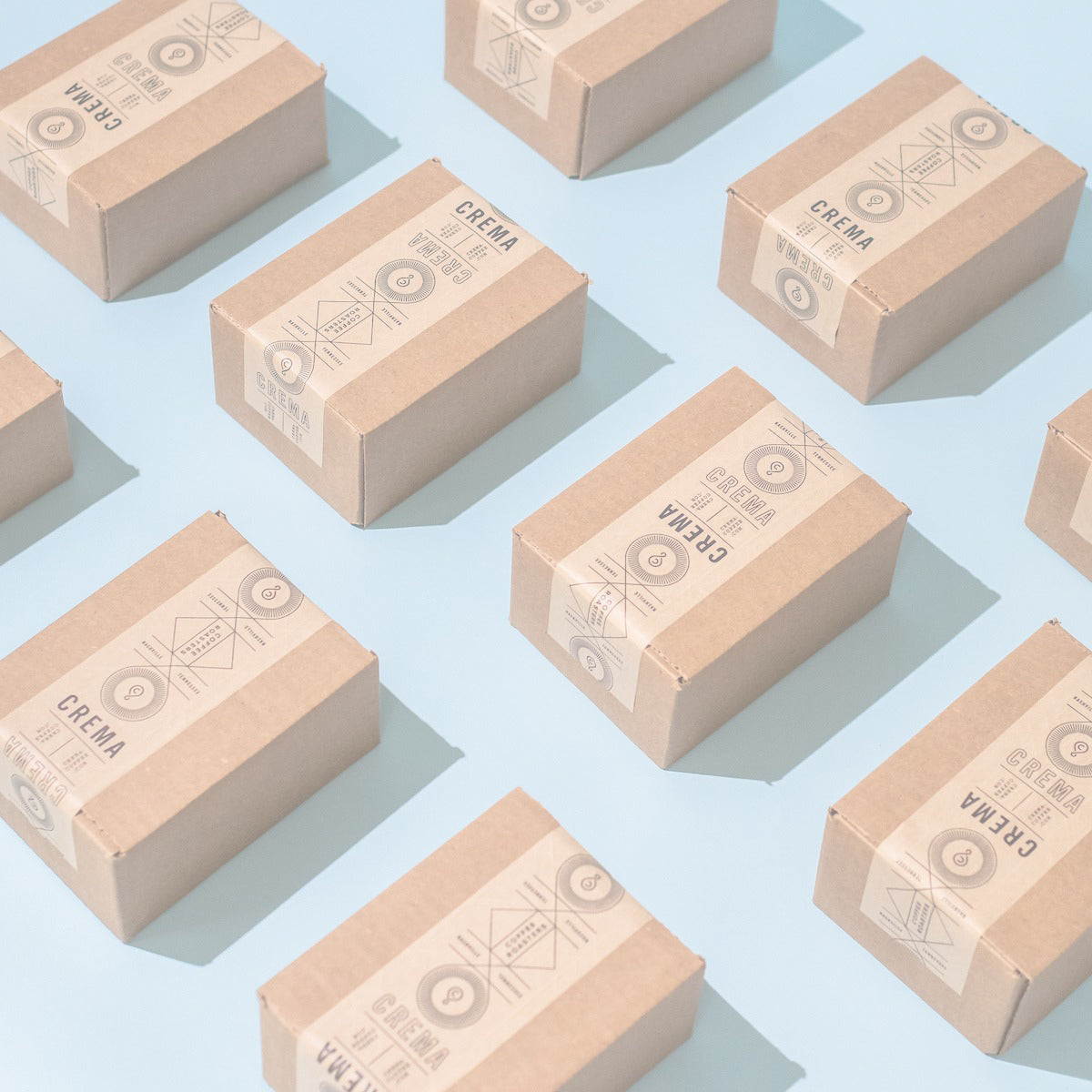WHAT IS COFFEE MILLING?
On every bag of coffee we’ve produced, there’s a small info section on the label that covers many details. Today, we demystify one small element of that slew of strange words and numbers.
FARM/MILL
Is it about a farm? Is it about a mill? Are those the same thing? How does any of this even apply to my life at all? In short: sometimes, sometimes, no, in mystical magical ways we shall soon reveal!
All coffees are grown on farms (except in some parts of Ethiopia where coffee grows in forests, but that’s a story for another day.) All coffees are milled. Some coffees are grown and milled in the same place. Some coffees are grown in one place and milled in another. If you look on a bag of our coffee, scope the line that says “PRODUCER” and see the name of a person or a family, such as Julio Olaya, the coffee in that bag was grown and milled on the same farm and the words following FARM/MILL are the name of that farm. If, however, you look at that PRODUCER line and see something like 2,700 small landholders, those producers all grew their coffee and brought it to a mill and the words you see after FARM/MILL are the name of the mill.


MILLING 101
There is wet milling and dry milling--both of those processes are essential in the production of quality coffee (natural processed coffee is not exactly wet milled, but we’ll get to that in some future post.) Wet milling encompasses the process of washing, sorting, fermenting, and drying coffee cherries. Post-wet-milled clean and dry beans have a papery husk around them called parchment that they rest in until they’re ready to be shipped, at which point the parchment is removed and the beans are sorted to remove any defects--this process is dry milling and it can make or break a coffee.
In the past few decades, the equipment required for wet milling has become much more accessible to farmers. It’s smaller and less expensive, so farms can have micro-mills on their land where they wash, sort, ferment, and dry the cherries they grow themselves. This is hugely beneficial to farmers because they can guide every aspect of the production process. Which gives them power to improve on their crops from year to year to garner higher yields of higher quality coffee.
We get the benefit of serving and enjoying good coffees that get better and better and the farmer gets more money per harvest. Julio Olaya is an incredible example of this kind of positive change. He worked hard last year on his farm, Los Eucaliptos, to apply newly learned methods of cultivating and processing in order to produce higher yields of specialty grade coffee, and it paid off in a major way. His production levels more than doubled, which means that he profits more and we get to enjoy the strawberry and caramel sweet coffee a little bit longer this year.

The Story of Rugori
There are many regions where coffee is grown on much smaller lots and the final harvest is not enough to sell all on its own. In these regions, farmers take their harvested cherries to larger mills where they are combined with cherries from people all over the region. Since they’re operating with a conglomerate of coffees, the work of mills like these is especially important. They ensure that high quality coffees are sorted and sold together so that specialty coffees really get to shine without being bogged down by the lower quality of commodity-grade coffee.
The sorting process at a mill is rigorous. In the case of the Rugori mill, where our fine new coffee from Burundi was processed, coffee cherries are brought in from over 2,700 local producers and each lot is sorted a total of five times to separate beans into various levels of quality and remove and defects. Follow this coffee on its journey from cherry to green-ready-to-be-roasted bean.
Sorts One and Two: Hope Floats (and So Do Bad Beans)
When farmers bring coffee to Rugori, they immediately pour it into small buckets of water. Good cherries sink and overripe or underdeveloped cherries float, so those floaters are skimmed off. What remains is hand sorted to remove any damaged cherries that didn’t happen to float.
Sort three: Only God and a Grading Canal Can Judge You
All the cherries that made it through the float and first hand-sorting are depulped (which just means that the fruit and skin are removed from the seed) and left to ferment in water. Trained agronomists check the beans every day and stop the fermentation process when it’s exactly right. The fermentation process is stopped by running the coffee through canals that wash and grade the it. These canals sort the coffee into seven “grades” (levels of quality) based on density--the denser the coffee, the higher the quality. (We buy beans with high density and there’s a lot of science behind why that matters, but the gist of it is that beans with higher density have more sugars and flavor and we love them.)
Sorts Four and Five: Picking Winners
Post ferment and rinse, all the coffee is spread on outdoor drying tables where it will sun dry over a period of 2-3 weeks. During this whole span of time, people are executing sort number four and picking over the drying beans by hand for any with obvious defects. Fully dried beans are bagged and sent to a nearby dry mill where the parchment is removed and the newly exposed beans are sorted for the final time by hand to absolutely ensure that only the best of the best of the best get through. Which is why every bean in that bag of Rugori you take home holds all the juicy apricot and jammy prune potential this world has to offer.
All Roads Lead to Your Cup
When all is said and done, no matter where the coffee we offer you was grown or processed, a lot of people dedicate a lot of time and energy to bring out the best of it. We are honored to be part of that process and to put in front of you coffees from people like Julio and his family at Los Eucaliptos, and the thousands of farmers and mill workers that produced Rugori. We hope you enjoy them as much as we do.

← Older post Newer post →

